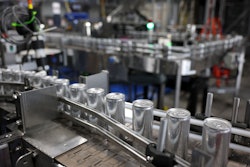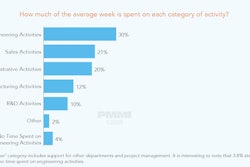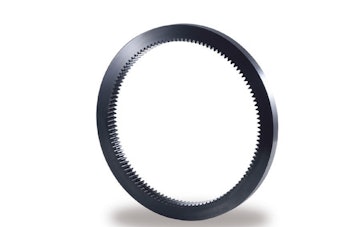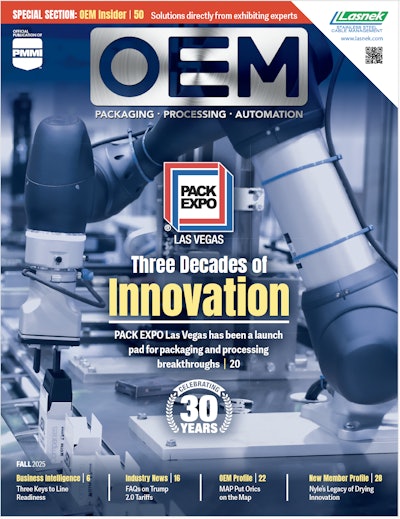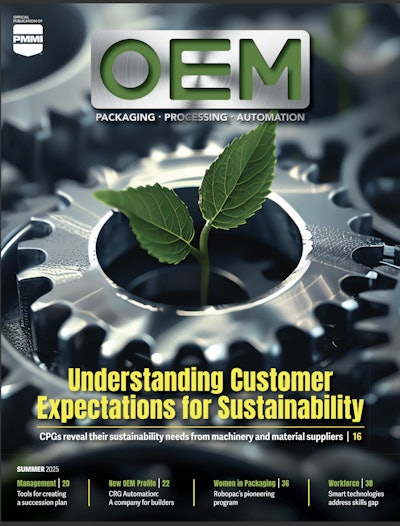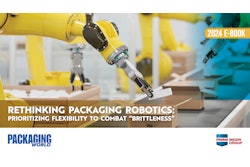
3D-printed parts can provide end users with cost reductions and reduce downtime. At the same time, original equipment manufacturers can enhance their offerings and end-user collaboration by providing 3D-part services. However, despite the advantages, end users indicate a slowness to adopt parts.
That’s according to PMMI Business Intelligence’s “Aftermarket Parts & Services” report, which explores growth in the aftermarket space, end user expectations, emerging technologies, and actionable recommendations for OEMs and their suppliers to improve services. The report’s findings are based on the opinions gathered from 132 industry participants of end users (61% CPGs and CMs/CPs) and OEMs (39%).
The report finds that less than one in four surveyed end users say they are using 3D-printed parts, while most users (61%) do not utilize 3D parts. Nevertheless, end users note faster delivery, lower cost, and customization as top benefits 3D parts provide. So, why are end users slow to use more parts?



